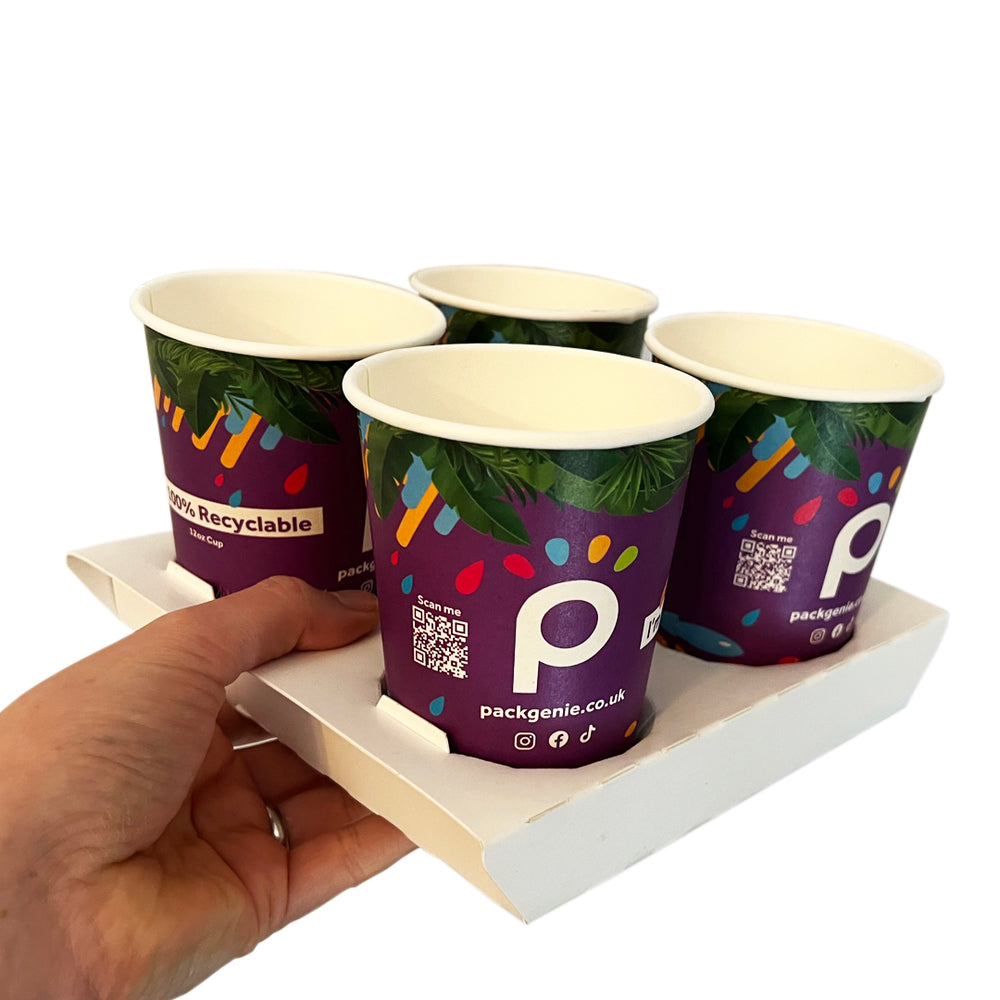The Versatility of Piping Bags A Baker's Best Friend
In the world of culinary arts, few tools are as versatile and essential as the piping bag. Whether you're an amateur home cook or a professional pastry chef, piping bags play a crucial role in adding artistry and precision to various culinary creations. This article delves into the different uses, types, and techniques associated with piping bags, celebrating their significance in both baking and decoration.
What is a Piping Bag?
A piping bag, also known as a pastry bag, is a cone-shaped bag made from cloth, plastic, or silicone that is used to pipe icing, cream, fillings, and other soft mixtures. It typically has a pointed end, which can be fitted with different nozzles or tips to create a variety of shapes and designs. Although they have been used for centuries, piping bags have seen innovations that have made them more user-friendly and accessible to all skill levels.
Types of Piping Bags
Piping bags come in various materials, each offering unique benefits. Disposable plastic piping bags are popular for their convenience and ease of cleanup, making them a favorite among beginners and busy bakers alike. Reusable silicone piping bags are another excellent option, as they are environmentally friendly and can withstand high temperatures, perfect for tasks involving hot fillings or icings.
Additionally, different piping tips can be used to achieve various designs. Wide tips allow for smooth spreading, while star-shaped tips create beautifully detailed rosettes and swirls. Round tips are perfect for writing or creating fine lines, and specialty tips can help you achieve intricate designs, such as flowers or leaves.
Techniques for Using Piping Bags
piping bags

Using a piping bag might seem daunting for beginners, but with practice, it becomes an enjoyable and creative experience. Here are some fundamental techniques to get started
1. Filling the Bag To fill a piping bag, position it upright in a glass or cup, making it easier to pour in your icing or filling without making a mess. Be sure to fill it only halfway to allow enough space for twisting the top.
2. Twisting and Sealing Once filled, twist the top of the bag to seal it, ensuring the contents don’t spill out. Hold the bag with your dominant hand while using your other hand to guide the tip.
3. Piping Apply consistent pressure on the bag with your dominant hand while guiding the tip with your other hand. Practice makes perfect, so don't hesitate to experiment on a piece of parchment paper to hone your techniques before decorating your final product.
4. Creating Designs Explore various designs by using different nozzles and techniques. For instance, you can create a simple border, intricate flowers, or even multi-colored swirls by using multiple bags simultaneously.
The Creative Potential
Piping bags aren’t limited to just frosting cupcakes or decorating cakes; they can also be used for savory dishes. From filling pastries with cream cheese to piping mashed potatoes onto a plate, the possibilities are endless. They empower bakers and chefs to express their creativity and bring a professional touch to their dishes.
In conclusion, piping bags are invaluable tools in both baking and cooking. They allow for precision, creativity, and personalization in culinary creations. With just a little practice and experimentation, anyone can learn to master the art of piping, transforming ordinary baked goods into extraordinary delights. Whether you're creating a simple dessert at home or preparing an elaborate pastry for a special occasion, a reliable piping bag will undoubtedly enhance your culinary experience.



